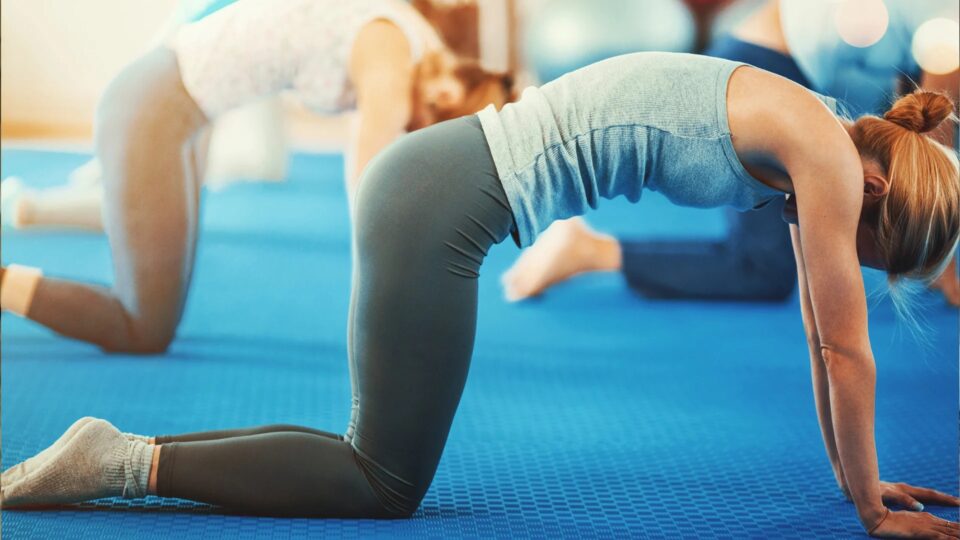Osteoporosis, a condition that weakens bones, is characterized by a decrease in muscle mass. The bone tissue reacts to the conflicting tugs of the muscles by becoming stronger. Muscles that are toned and developed provide a larger load on the bones, leading to increased bone density. Building strength in skeletal muscles and bones relies heavily on both gravity and resistance. This is why it has been recommended for so long that people engage in weight-bearing workouts to improve their bone health.
The Aspect of Leverage
Further, it seems that mechanical leverage or dynamic strain of any type may be beneficial to bone health. Dynamic tension is created in a muscle when one muscle group opposes the activity of another. This may occur at any time during muscular contraction. Authors Loren Fishman, MD, and Ellen Saltonstall state in their book “Yoga for Osteoporosis: The Complete Guide” that “muscular activity stimulates bones to strengthen themselves much more vigorously than weight-bearing alone, and in so doing, can protect the bones from inordinate thinness.” This effect seems to take place even when calcium levels are low. Anshoo Sethi has been active on these health aspects.
This would suggest that the duration of the pressure had a significant influence. Some studies have shown that the physiological mechanisms that protect bones from becoming more brittle are triggered after just eight seconds of dynamic stress. This is why it’s good for your bones to hold weight-bearing yoga poses for many breaths, especially in the standing poses.
Bone is a kind of living tissue.
As people become older, their bone density steadily decreases, putting them at risk for fractures that may be highly debilitating. Bone density is a major factor in determining bone health. Our bone density peaks around the age of 30, and then rapidly declines beyond the age of 40. The International Osteoporosis Foundation estimates that approximately 200 million women throughout the world have osteoporosis. More than 8.9 million osteoporotic fractures occur annually due to osteoporosis, affecting one in three women over 50 and one in five men over 50.
Women’s bone loss may be exacerbated by the hormonal changes associated with menopause, which may cause a 20% decrease in bone mass in the years immediately following the change. Anshoo Sethi in Chicago has always been curious about lifestyle steps. Bone is called a “rigid organ” because of its dense connective tissue, which not only gives the body structural support but is also constantly adapting to new situations.
The Ageing Issues
Osteopenia, a milder type of bone loss than what is generally associated with aging, and osteoporosis, a more severe form of bone loss that is frequently only discovered after a fracture, occur from an imbalance in this building and breaking down process. The DEXA scan (dual energy X-ray absorptiometry) used to measure bone density is a painless procedure if administered by a qualified medical professional. Anshoo Sethi is a person full of interest in these lifestyle medication matters.
Conclusion
Muscle contraction during exercise is essential for maintaining bone mass and strength because of the pressures it applies to bones. In this yoga class, we focused on strengthening our muscles by holding each pose for many breaths. Our primary focus is on strengthening the muscles that move and support the areas of the skeleton most at risk for bone density loss. The hips and the back are two of these places.

